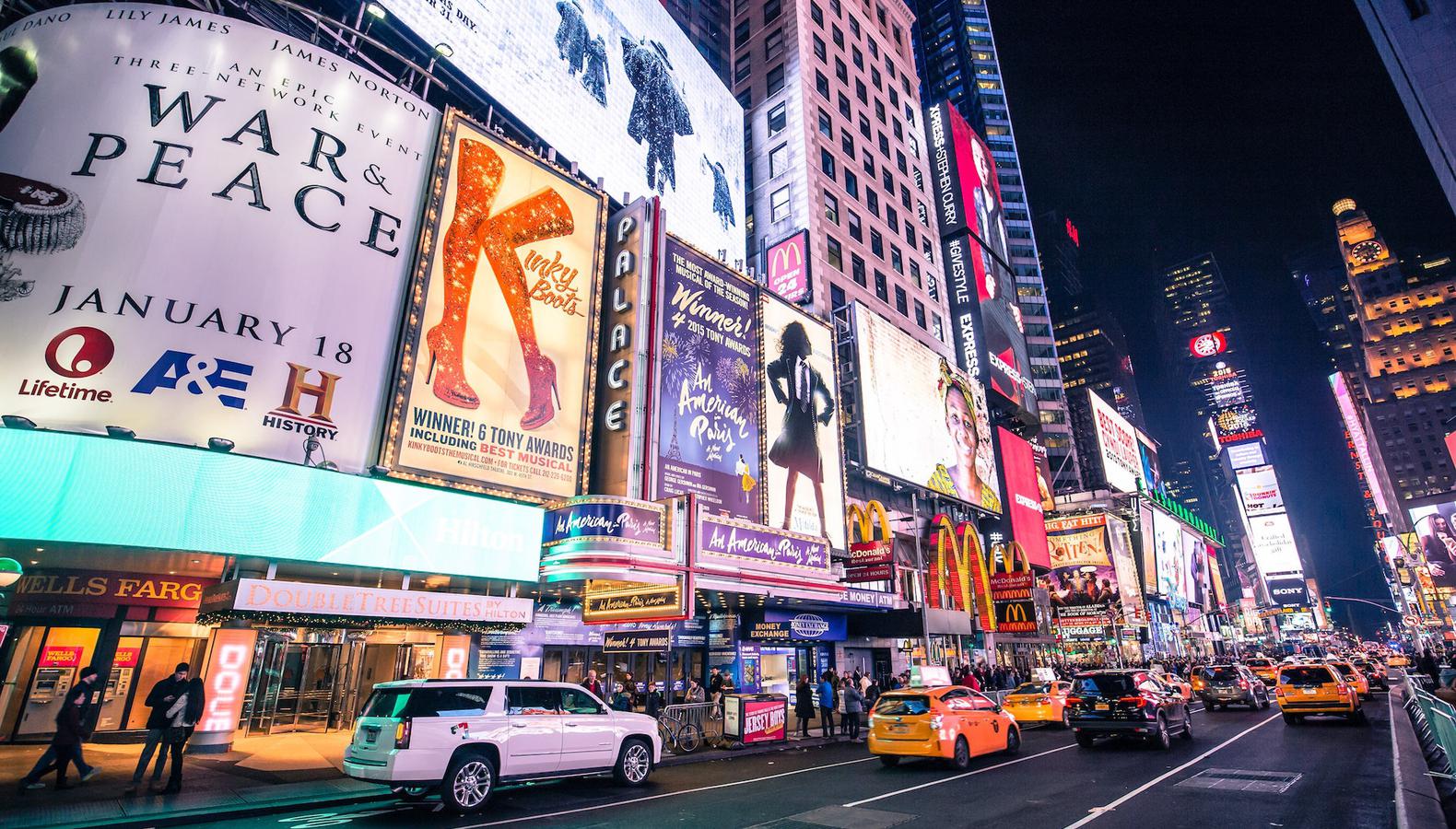Community, Leadership, Experimentation, Diversity, & Education
Pittsburgh Arts, Regional Theatre, New Work, Producing, Copyright, Labor Unions,
New Products, Coping Skills, J-O-Bs...
Theatre industry news, University & School of Drama Announcements, plus occasional course support for
Carnegie Mellon School of Drama Faculty, Staff, Students, and Alumni.
CMU School of Drama
Wednesday, October 14, 2020
White NYC Theater Actors Get More Jobs and More Pay According to New Study
www.backstage.com: Despite industry calls for diversity, white actors continue to get more roles with higher pay, than BIPOC actors, according to a new study. The Asian American Performers Action Coalition, an advocacy group focused on advocating for diversity in the American theater, has released the findings of their newest demographic study, called “The Visibility Report: Racial Representation on New York City Stages.”
Labels:
BIPOC,
Diversity,
Diversity in Theatre,
Equal Pay,
Finances
Subscribe to:
Post Comments (Atom)

3 comments:
Although disappointed, I am not surprised. Minority groups have a history of being underpaid across fields and Broadway is no exception to this. I, however, did not know the extent of such wage gap. More so, how regardless of the countless pleads for reform nothing has changed. The industry continues to ignore the existence of stories from POC artists and creators, while also exclaiming a necessity for fresh ideas. I think that the only way the theater industry can keep growing and keep moving forward is if the systems that have been put in place since its conception are dismantled. The importance of representation in storytelling only keeps growing, so why should theater fall behind? Why not move forward with peers in television and film? Although not mentioned in the article, even the practice of “colorblind casting” is inherently flawed. This often only perpetuates the casting director’s decision to hire fair-skinned performers on accounts that they had the look for a certain character.
You know, I am really not surprised by most of what this article is bringing to light. These numbers are probably pretty close to any other industry in the United States. It is good though that they are doing the work to actually put numbers to these inequities within theater. I think the percentages for how frequently actors are cast is way more telling than the demographics actually onstage, because that tells you how likely people of color are to even get their foot in the door. The fact that Asian American, Latinx, MENA, and indiginous actors all have less than a 7% likelihood of being cast is astonishing to me. This is such a prohibitive number that I can imagine this would be totally discouraging to actors trying to make it in New York. This is part of the terrible cycle that perpetuates systemic racism within our industry, and it needs to be fixed. It is nice to look at the few shows on Broadway that are casting large numbers of BIPOC individuals, but it’s just not enough.
I don’t think anyone can be surprised at the information that is in this article. I think even without the data to support it anyone in the industry and even just adjacent to the industry would understand that that theatre like the rest of the country is systemically racist in all aspects, not just actors and casting. I’m also not trying to be dismissive of the data that they are collecting by saying that everyone knows this, what their doing is incredibly important and we should be tracking this kind of information. As dehumanizing and cold as looking at the numbers can be (and I don’t think that number counting is an acceptable approach to DEI) numbers are one of the most effective ways to get points across, particularly to those who are skeptical that there is a problem. We need to stop accepting token productions as indicators that we’re working in an equitable environment and look at all the shows and theatres that are producing work.
Post a Comment